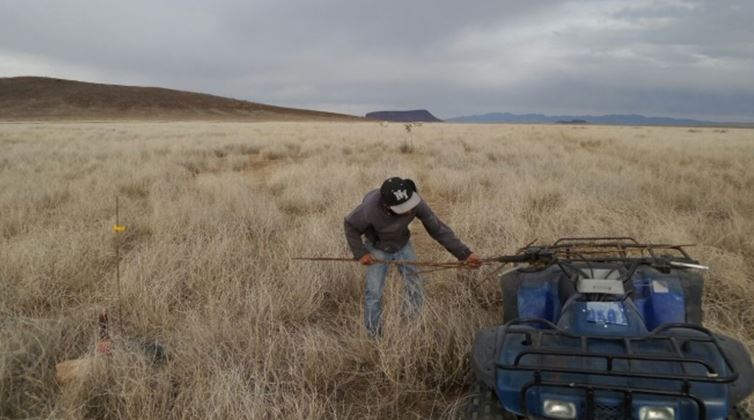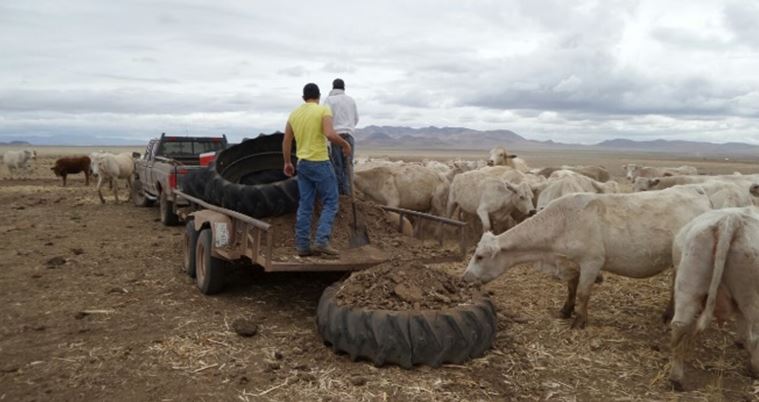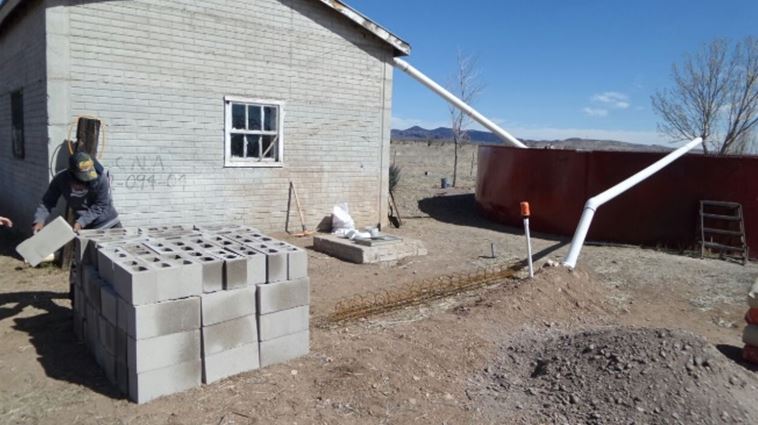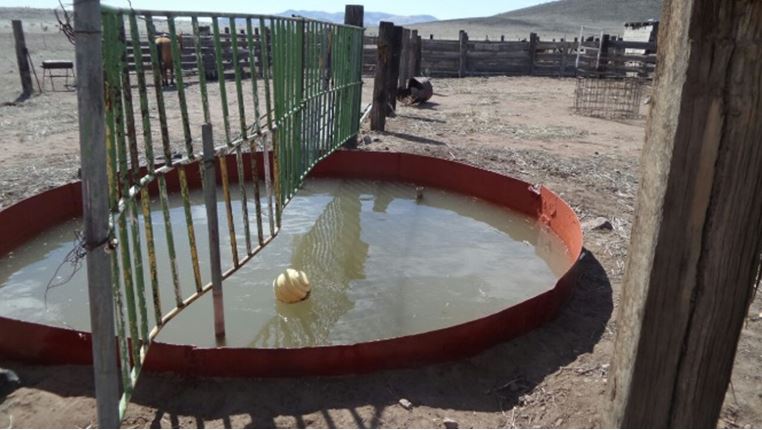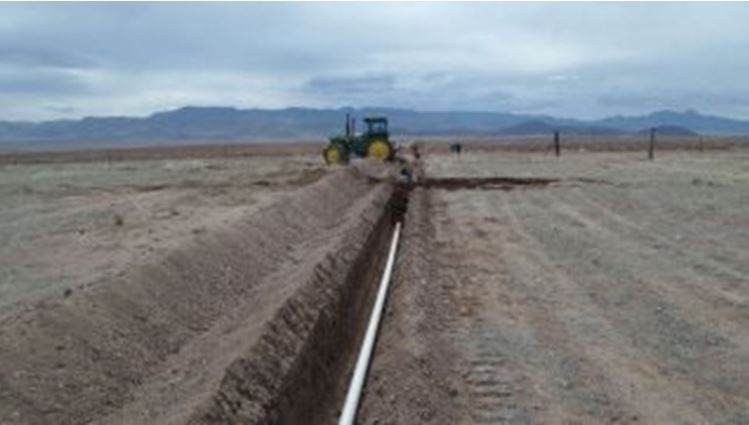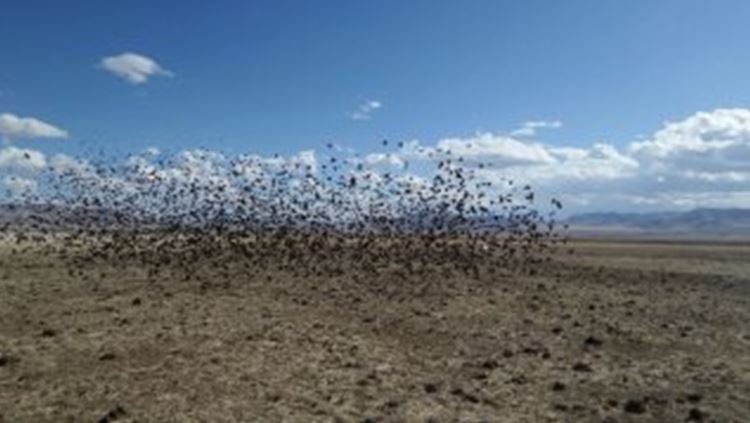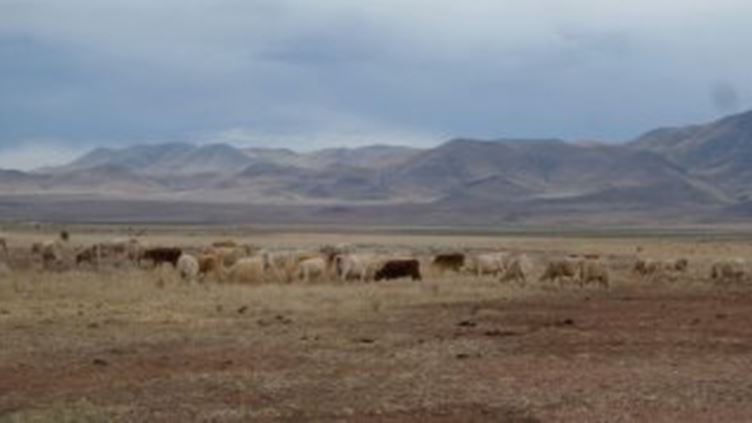| Type | CEC-support Ranch Pilot |
| Organization | Ejido Casa de Janos |
| Country | Mexico |
| Region | Municipality of Janos, Chihuahua |
| Grass Type | Open tussock grassland |
| # of head of cattle | 45 cows, 60 heifers, 6 bulls, 18 calves |
| Hectares | 958 |
| Language | Spanish |
| Date modified | August 2015 |
The purpose of the adoption of sound management practices at Rancho El Gorguz was to strengthen ranch infrastructure to improve the grazing system and grassland conditions, thereby enriching the habitat for fauna. For these sound management practices, both the load capacity and soil cover of the pastures were considered, and thus making projections on the infrastructure and grazing system.
At first, the cattle grazed in areas of between 15 and 30 hectares, and for 50 days cattle were given nutritional supplements in order that they not lose body condition after being moved to much smaller paddocks. They are currently grazing on larger pastures, as the rains produced green grass, which will improve the animals’ body conditions. As soon as the current bloom of brush dries out, the herd will return to grazing on smaller temporary paddocks (these paddocks were built with electrical fencing, requiring the installation of solar panels). To improve water distribution, a ditch was dug to bury the PVC pipes that currently carry water from the middle of a central irrigation pivot to a metallic storage basin where the cattle troughs are located.
The ranch’s ground cover is 56.4% humus, 12.4% rock, and 28.4% completely bare. Plant cover consists of 40.4% [of the total area] brush and perennial grasses and 0.4% annuals. As for load capacity, forage production averages 2,310 kilograms per hectare, which means that 2.15 hectares are required to keep one animal unit per year using half of available forage. Note that one of the samples exceeded the others’ weight by far, affecting the overall forage output.
